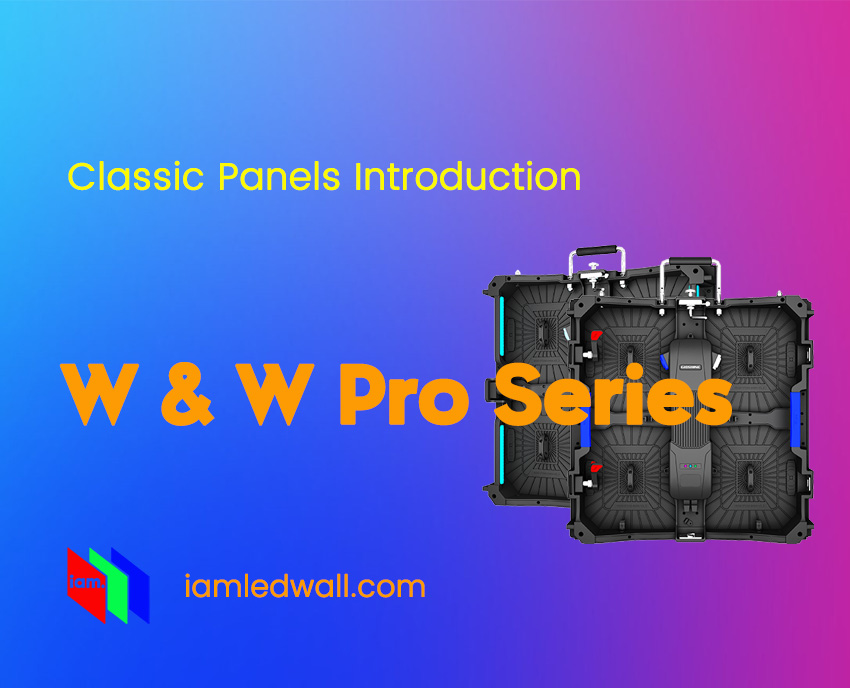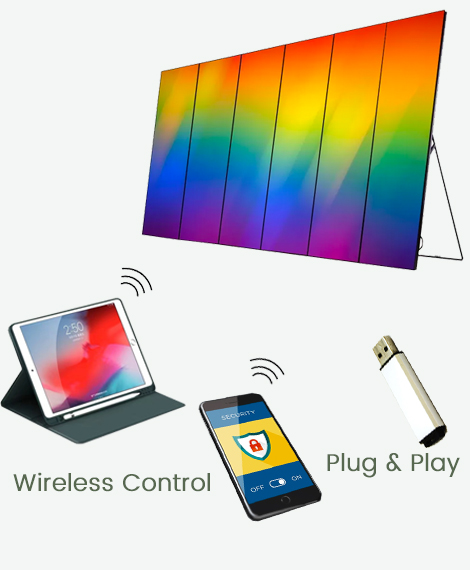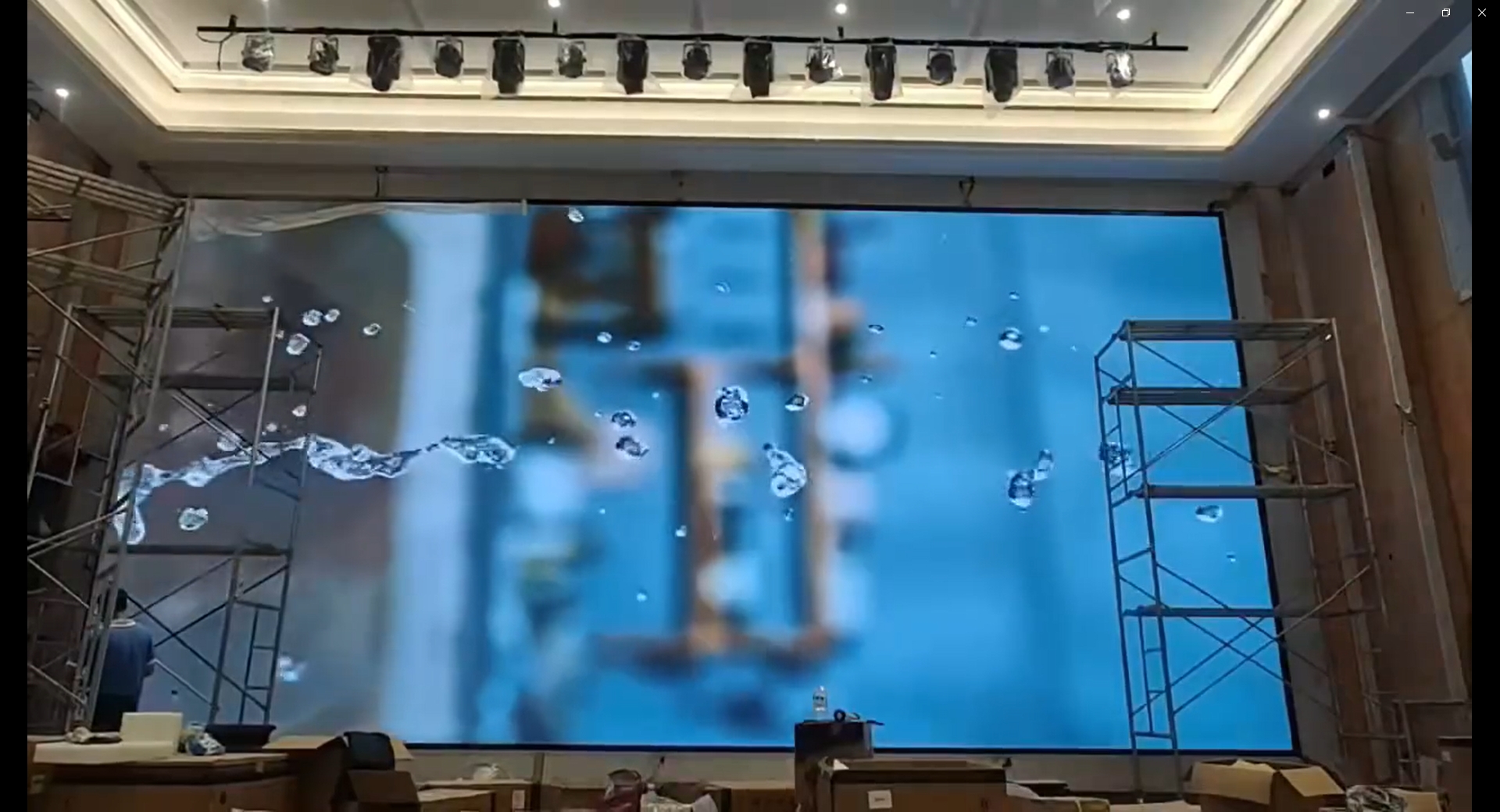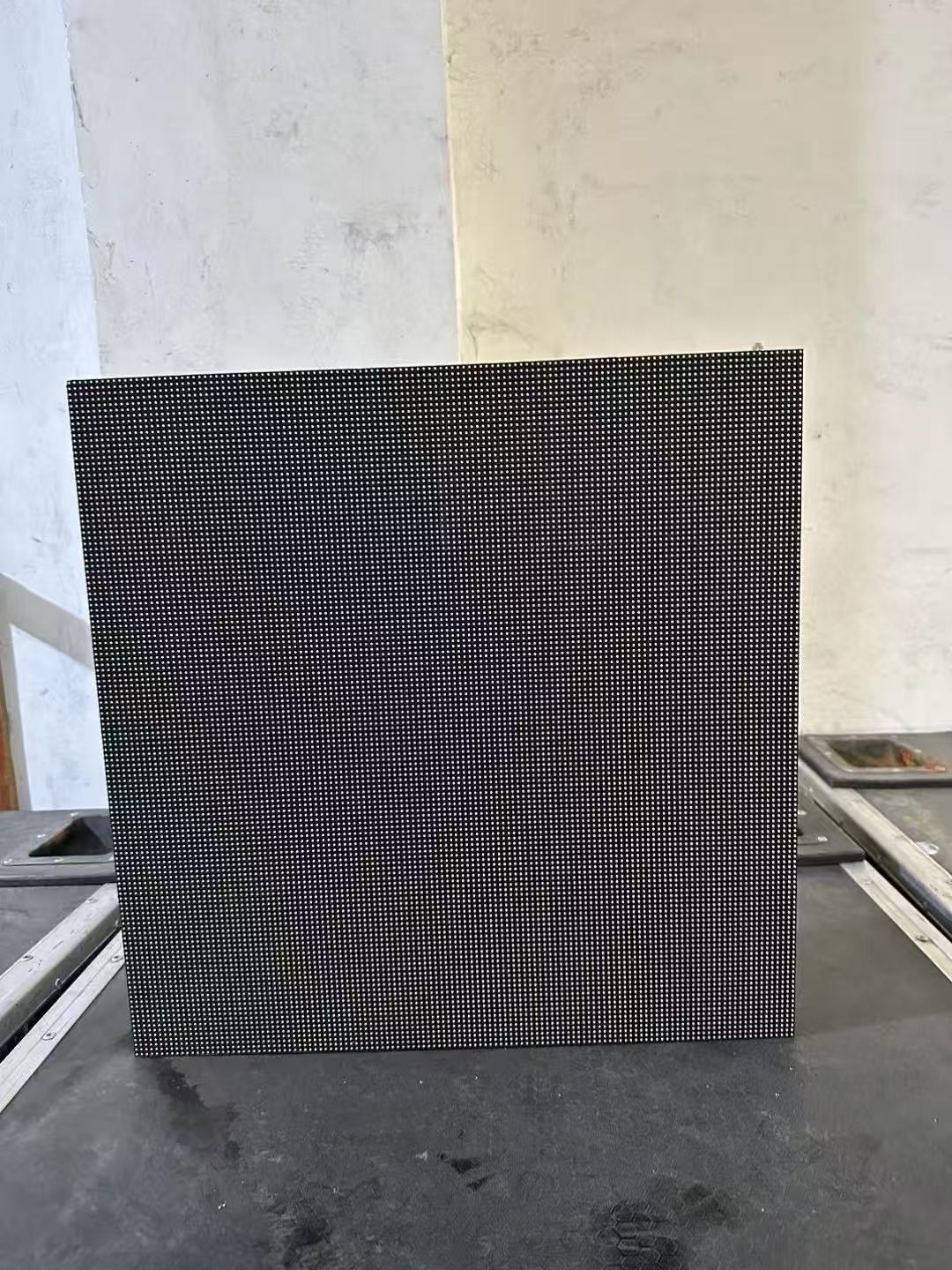In recent years, the small-pitch LED display market has experienced explosive growth. LED display manufacturers have launched new packaging technologies such as Mini LED, COB (Chip on Board), and Micro LED. These innovative LED packaging methods improve LED display performance and stability compared to traditional SMD (surface mount diode) packaging. So, what are the advantages, disadvantages, and development challenges of small-pitch COB LED displays? Here is a brief overview of used LED screen supplier by GDHANHENG experts.
What is COB LED packaging technology?
COB LED technology, or chip-on-board technology, involves mounting red, green, and blue LED chips directly onto a printed circuit board (PCB). By mounting these bare chips directly on the PCB, chip density can be greatly increased, and a smooth and uniform LED surface can be produced. Combining these three primary color chips also enables a wider color gamut and the ability to display color images that are very similar to those in real life.
COB LED technology can densely pack a higher number of LEDs into a given display area compared to other LED packaging methods, such as surface mount diodes (SMD) and dual in-line packages (DIP). This technology efficiently uses space on the circuit board without the need for bonding wires, allowing for tighter pixel pitches. In other words, tighter pixel pitch means higher resolution. Therefore, COB LED packaging technology can effectively improve the image quality, reliability, and energy efficiency of displays, and its application may be expanded in various applications in the future.
SMD and COB LED packaging technology
Before the latest COB LED technology emerged, LED displays mainly relied on two LED packaging methods, namely SMD (surface mount diode) and DIP (dual in-line package). SMD technology has developed rapidly and has become the first choice for LED displays due to its excellent density and array power.
SMD technology uses bonding wires to connect components to the PCB (Printed Circuit Board) surface. This packaging technology uses a welding machine to apply heat and pressure to form a permanent connection at the joint. While this represented significant progress at the time, improperly controlled welding carried the risk of weak or overly strong connections, which could lead to failure.
Additionally, SMD components are easily affected by external factors such as heat, humidity, or physical influences. Since these components are located on the surface of the circuit board and are often exposed to the environment, external components are prone to damage.
In contrast, COB (chip-on-board) technology uses adhesives to bond components to a circuit board, ensuring a stronger, more reliable connection. Not only is COB technology less susceptible to failures caused by external factors and soldering issues, but it also enables finer pixel pitches because no bonding wires are required.
Additionally, SMD technology is often limited in terms of component size, often limited to components larger than 0.5 mm. COB LED technology, on the other hand, can be applied to smaller components.
Related:
What are GOB LED Display vs. COB LED Display?
Advantages of small-pitch COB LED display packaging:
Compact design: COB packaging does not have a separate LED chip diameter, which allows for smaller pitch sizes. Small-pitch LED displays with COB ED technology can achieve pixel pitches of 1.0mm or even lower, while traditional SMD packages can usually only reach 1.25mm.
Cost efficiency: Compared with SMD LED technology, COB does not require support structures, reducing manufacturing costs and simplifying the assembly process. This also reduces chip thermal resistance, allowing for high-density packaging.
Reliability: COB LEDs are directly embedded in the PCB, thus reducing the risk of chip damage common to traditional SMD displays, which can effectively reduce the failure rate, dead pixels, and welding problems.
PCB thickness diversification: small-pitch COB LED displays can use PCBs with a thickness of 0.4mm to 1.2mm. Thinner and lighter COB modules reduce installation, transportation, and project costs, making them suitable for ultra-thin displays and wall-mounted applications.
High-quality display: COB packaging embeds the LED chip directly into the recessed space of the PCB and encapsulates it with epoxy resin. This process produces a smooth spherical surface that improves light diffusion and can provide wide viewing angles of up to 175-180 degrees.
Heat dissipation: COB LED technology effectively dissipates heat through the copper foil of the PCB, which helps to dissipate heat, reduce light decay, and extend the service life of the LED display.
Rugged Protection: Despite not having a protective cover, the COB LED display can be easily cleaned. COB uses triple protection technology, making it waterproof, dustproof, moisture-proof, corrosion, oxidation, UV rays, and electrostatic discharge. They can operate in a wide temperature range from -30°C to 80°C, making them suitable for all-weather conditions.

Challenges faced in the development of COB small-pitch LED displays:
Complex Repairs: Repairing COB LED display can be challenging and costly. If there are dead pixels or soldering issues, the epoxy will need to be removed before the LED chip can be replaced, which is a complex and expensive process.
Lower contrast and uniformity: Compared to SMD displays, COB LED displays can have lower contrast and color uniformity, especially in terms of displaying colors evenly.
Manufacturing costs: COB technology has higher material and manufacturing costs as it requires more precise and complex processes. Higher defect rates also lead to increased manufacturing overhead.
In summary
Although small-pitch COB LED displays have made significant progress, COB LED technology is superior to SMD displays, especially when applied to pixel pitches below 1.0 mm. However, COB LED packaging technologies hinder their widespread adoption in the market due to their higher manufacturing costs and certain performance limitations. SMD LED displays remain popular due to their lower cost, higher contrast ratio, and excellent color uniformity. However, we believe that as LED display manufacturers continue to optimize COB LED packaging technology, the competitiveness of COB small-pitch LED displays is expected to increase.



